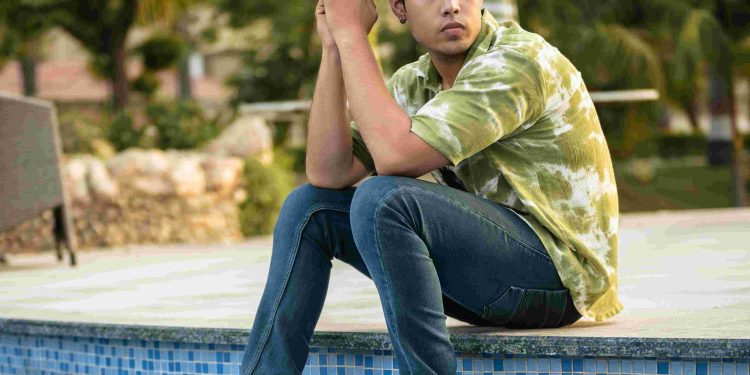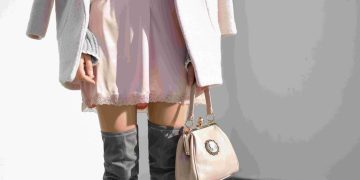Stylish Outfits for Everyday Wear
An exploration of personal expression and societal trends through fashion.
Breaking the Monotony of Everyday Dressing
Why do so many of us wake up, stare into our wardrobe, and end up choosing the same uninspired pieces? Is it comfort, simplicity, or perhaps a fear of standing out? From my own experience, I vividly remember a time when dressing up felt like a chore. My outfits blended into the background, serving more as utility than self-expression. This mediocrity mirrored a larger societal trend—an era where functionality often trumps creativity.
But what if we approached clothing as a canvas for individuality? In the same way painters express their worldview through strokes and colors, our clothing choices demonstrate who we are, what we believe, and how we interpret everyday life. The shift toward expressive yet practical outfits isn’t just about aesthetics; it’s a subtle rebellion against standard thinking, a reclaiming of the self in a world increasingly dictated by uniformity.
Fashion as Psychology and Philosophy
Psychologists often argue that clothing is intertwined with our identity. Dr. Karen Pine, a renowned psychologist, states that “Consistently dressing in dull or neutral colors can diminish self-esteem and sap creativity.” This perspective challenges conventional wisdom that simplicity equals sophistication. Classical philosophers like Nietzsche might agree; the act of dressing could be seen as a moment of “self-overcoming,” an opportunity to transcend fleeting societal norms and drive toward aesthetic courage.
Our clothing impacts not only how others perceive us but also how we perceive ourselves. Imagine stepping into a meeting wearing a bold blazer rather than an ordinary pullover. That blazer doesn’t merely speak to the room—it transforms the wearer. It’s an act of mental framing, influencing the way we hold ourselves and interact with the world.
Challenging Conventional Styles
Traditional advice often tells us to “dress appropriately for the occasion.” But what does appropriate even mean anymore? In a digital age dominated by remote work and hybrid roles, the boundaries of occasion-specific fashion become increasingly porous. Suits in boardrooms once dictated corporate professionalism; today, a casual button-down paired with sleek sneakers can convey the same level of competence.
One emerging trend is ‘multi-functional minimalism’—pieces designed to transition seamlessly from work to casual outings. Designers like Stella McCartney and Virgil Abloh have redefined the wardrobe staple, incorporating bold patterns and flexible fabrics while retaining practicality. Embracing such innovation requires letting go of rigid rules and stepping into uncharted sartorial territory.
Future Trends in Fashion and Everyday Style
As artificial intelligence continues to revolutionize industries, fashion is no exception. AI-based personal stylists are now recommending outfits tailored not just to your preferences but also to seasonal changes, psychological dynamics, and even mood patterns. Imagine waking up to a wardrobe suggestion based on your calendar appointments and energy levels for the day.
Additionally, sustainable materials and circular fashion are gaining traction. The idea of investing in high-quality, long-lasting items rather than indulging in the fast fashion boom will dominate the coming decade. As our awareness of environmental impact deepens, consumers are actively shifting toward eco-conscious choices—an influence that will reshape the essence of practical fashion.
Beyond clothes, wearable technology is poised to steer the future. Practicality won’t stop with design; integrated features like fitness monitoring, UV resistance, or digital communication will transform everyday garments into multifaceted tools for modern living.
Steps to Elevate Everyday Fashion Choices
Here are actionable strategies to infuse personality and functionality into your wardrobe:
- Build core essentials: Invest in timeless basics like tailored pants, clean sneakers, and versatile blazers.
- Experiment with accessories: Hats, scarves, and jewelry can redefine an outfit without a full makeover.
- Color theory: Shifting from neutral tones like black or gray to warmer palettes can improve mood dynamics.
- Sustainability first: Opt for brands prioritizing ethical production and eco-friendly materials.
- Personal styling apps: Leverage technology to explore combinations you might overlook.
- Seasonal refresh: Reevaluate pieces seasonally; donate or recycle what feels disposable to create space for experimentation.
Life isn’t static—neither should your clothing remain unchanged. Keep growing, adapting, and creating art on the canvas of daily wear.









